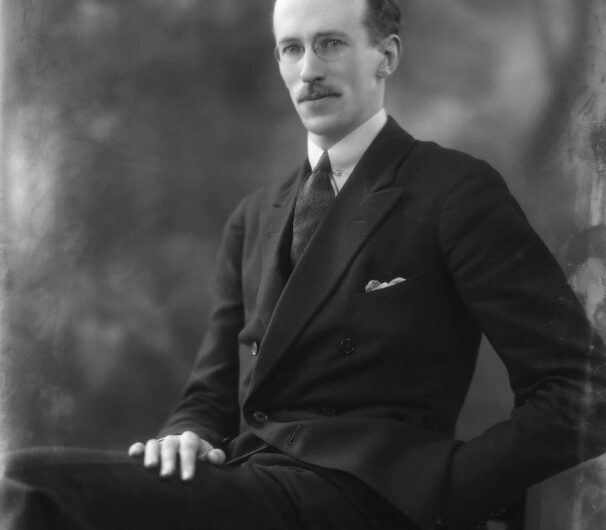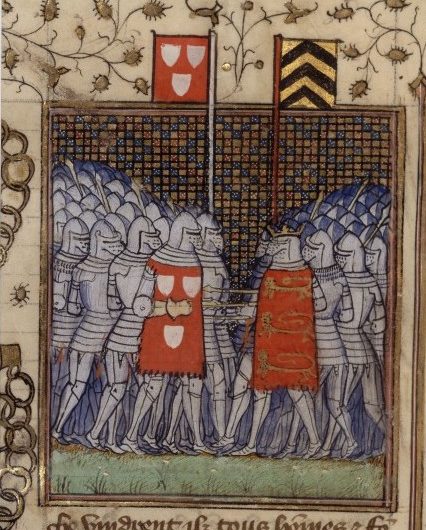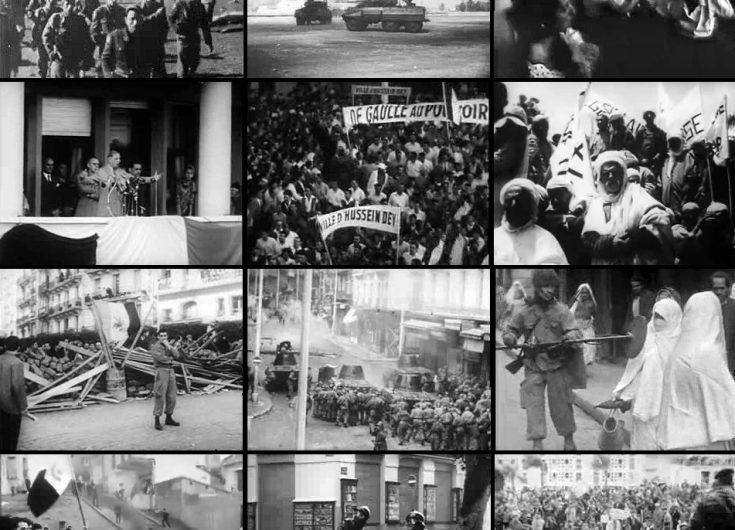

B. H. Liddell Hart, Strategy (1954)
The origins of Liddell Hart’s indirect approach are twofold. From a theoretical perspective, he is writing in response to military and political leaders who he claims misread and misapplied the theory of 19th century Prussian military thinker Carl von Clausewitz. From an empirical perspective, he is digesting the experiences of the World Wars, especially the stalemated trench warfare of the Great War and the mechanized and aerial battles of the fight against Hitler. Liddell Hart argues vigorously that the application of poorly understood Clausewitizian strategy fueled the bloodbath that was World War I and the slow adaptation of alternatives during World War II, all of which called into question the validity of the old theory and demanded reformulating how military force might be applied to achieve political aims.




